QuestionI need the brand name of a good puppy food that I can purchase at my local pet supply store. I currently feed my adult dogs diamond, do they by chance produce a good food for large breed puppies?
AnswerCongratulations on deciding to feed your dog a premium food! Here's an article from the Whole Dog Journal that should get you started on selecting a good food for your puppy. At the bottom of the article is a link to the Whole Dog's list of recommended foods.
~ Ingredients: The first three ingredients tell you a story about the
quality of the food. Because the ingredients are listed from most to
least, those first three are very important. Your first ingredient
should be a meat or meat meal, not a meat by-product, not corn. If
there is any corn in the food at all, it should be as far down on the
ingredient list as possible. Corn is a filler, something that is
there only to take up space in the dog food so that the dog feels
full. It doesn't have much nutritional value and results in large
serving sizes for the dogs. Science Diet still uses quite a bit of
corn in some of its retail foods (since someone mentioned it a few
posts ago). I pass out a grading scale in my classes, in which every
food starts with 100 points, and points are added or subtracted based
on the ingredients. There is also an included list of foods already
graded. I don't know if I can attach this to my email (probably not)
or upload this to our files section to share. Jeanne, please let me
know so that this can be shared with those who are interested.
~ Serving size: Serving size is also very important and another clue
to a food's quality. In my classes, I compare three foods: Puppy
Chow, Authority Puppy Chicken, and Blue Buffalo Puppy Chicken. I use
puppy foods because the majority of my students are under 1 year.
The serving size is cut by about 25% or more from Puppy Chow to
Authority, and in half or better from Puppy Chow to Blue Buffalo.
This difference in serving size is caused by less filler and higher
quality ingredients, the dog doesn't need to eat as much to be
nutritionally satisfied. Along these lines, some people make a
switch to a higher quality food and think their dogs don't like it
because they aren't eating as much. It's not because they don't like
it, it's because they don't need it. I did a comparison yesterday
afternoon, I always pick one dog in class to demonstrate the
difference in serving size. The dog I chose, the amount of Puppy
Chow she needed (5 months old, 40 pounds) was essentially the size of
one of the other puppies in class! This also effects waste. Less
goes in, less comes out. With service dogs, this is more than just a
convenience, it makes life easier with your partner, especially for
those of you who physically have a difficult time with cleaning up.
As an aside, poop is a good indicator of how well your dog's food is
doing for him. Poop should NOT be technicolor, should be an
appropriate size for the dog, and easy to clean up, meaning that it
is not really soft or loose, but firm. If poop does not look right,
it means that something about the food doesn't agree with your dog,
or something is wrong with your dog.
~ Price: Price is, of course, important. When you look at the price
on the shelf, you are really looking at the price per pound, NOT the
price per serving. Price per serving is really what you need to look
at. While a food like Puppy Chow might be cheaper, the serving size
is big enough that you'll go through the food twice as fast or more
compared to a higher quality food. Most people would get off cheaper
in the long run by feeding a higher quality food. I had a woman in
class with a dane pup, 10 months old, already about 100 pounds. She
was going through a 50lb bag of Puppy Chow a week. At probably about
$20 a pop at least, that is $80-$100 a month for dog food. I feed a
60 lb dog and 100 lb dog for 4-5 weeks on one 30lb bag of food for
about $40. And, I just could not imagine picking up after that dog,
with the number of times he was going and how big it probably was.
He was a big boy! Anyway, look at the serving size for your dog, and
figure out how long that bag will last. Compare it to other foods.
See how that turns out.
~ Knowing what works for YOUR DOG: Actually looking at the bag is
really important. No matter what recommendations I make, no matter
how good of a food it is, it might not be right for your dog. Some
of you had said that chicken does not agree with your dogs. Have you
read the ingredients on the bag? Just because it says it's lamb and
rice doesn't mean there's NOT any chicken in it. Know how to read
your bag, know what it means, and do research. I also recommend
Whole Dog Journal to my students who wish to learn more about food.
I did find a boot-leg from their 2007 dog food list which you can
find here
http://www.geocities.com/rottndobie/wholedogjournal.html

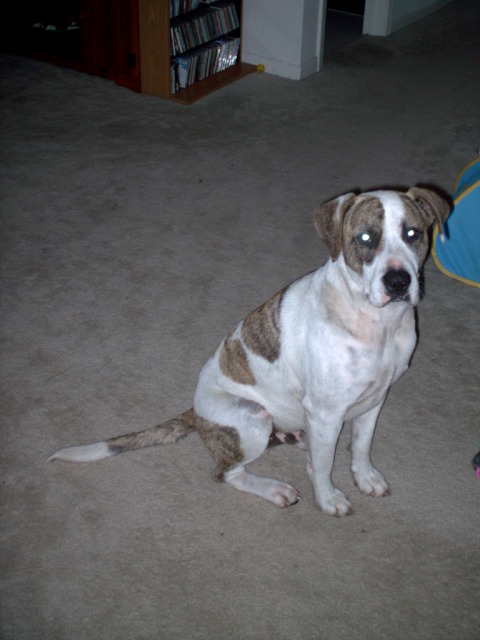 dog jumping fence
Question
dog
I have a 3 year old Staffordshire/Lab that
dog jumping fence
Question
dog
I have a 3 year old Staffordshire/Lab that
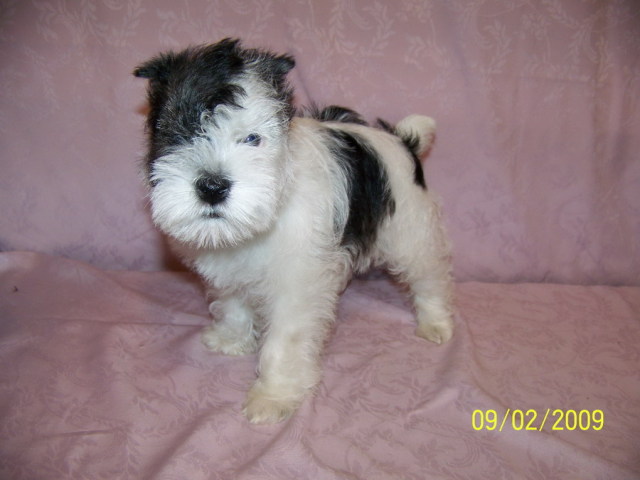 Eye problems w/ schnauzers
Question
Mini parti schnauzer
We currently have a 14 yr
Eye problems w/ schnauzers
Question
Mini parti schnauzer
We currently have a 14 yr
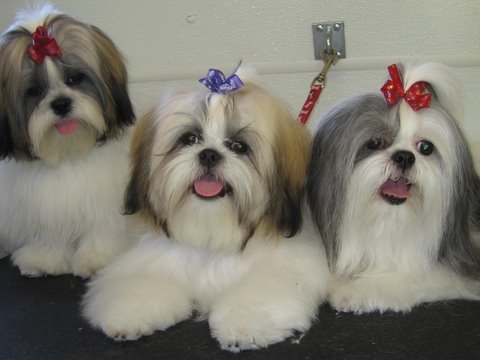 Proper diet for our Shitzus
Question
the two puppies (left)
Dear Patti;
I was nearl
Proper diet for our Shitzus
Question
the two puppies (left)
Dear Patti;
I was nearl
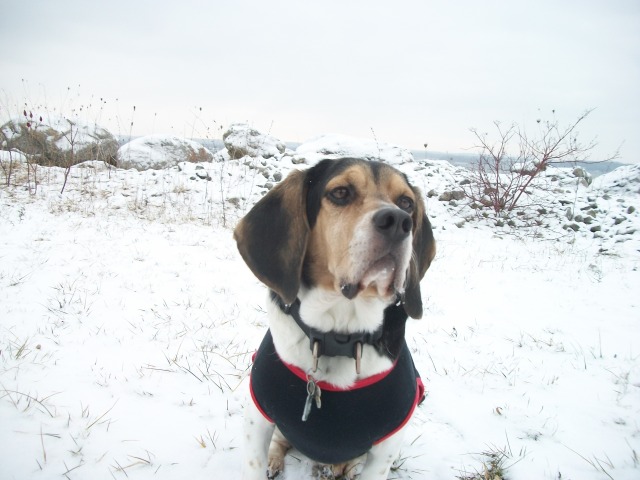 2nd Dog
Question
Winston
Hi, I have a beagle/bassest hou
2nd Dog
Question
Winston
Hi, I have a beagle/bassest hou
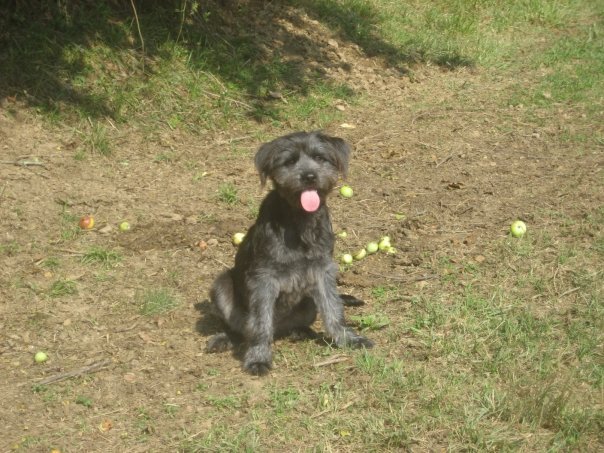 Help with my best friend :)
Question
cash
Hello!
&
Help with my best friend :)
Question
cash
Hello!
&